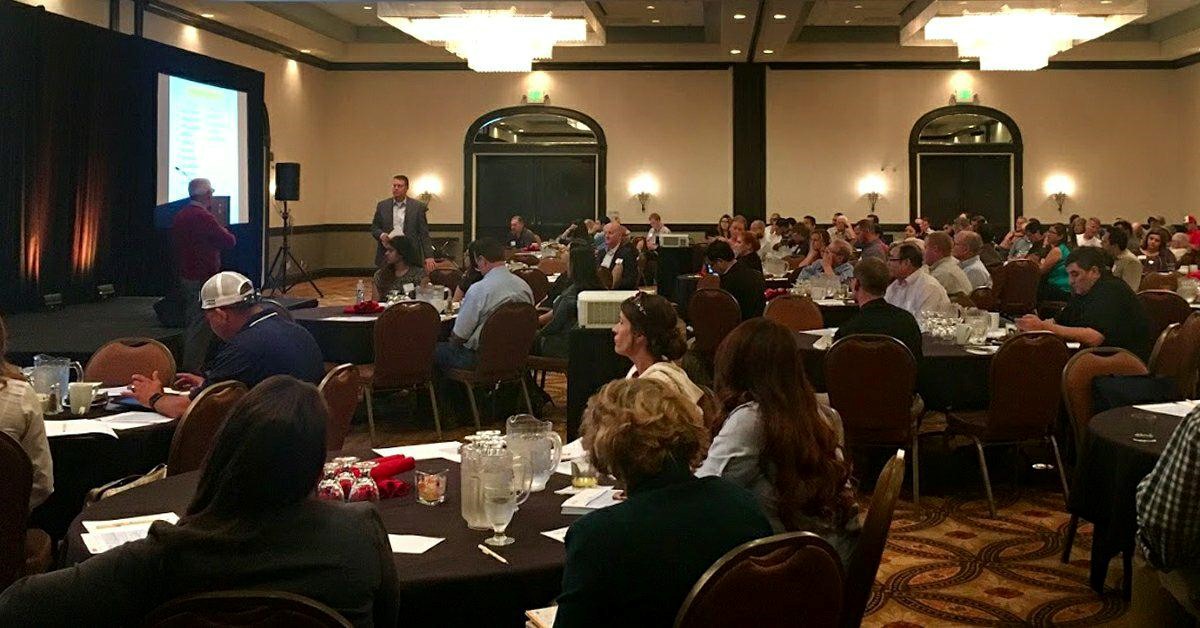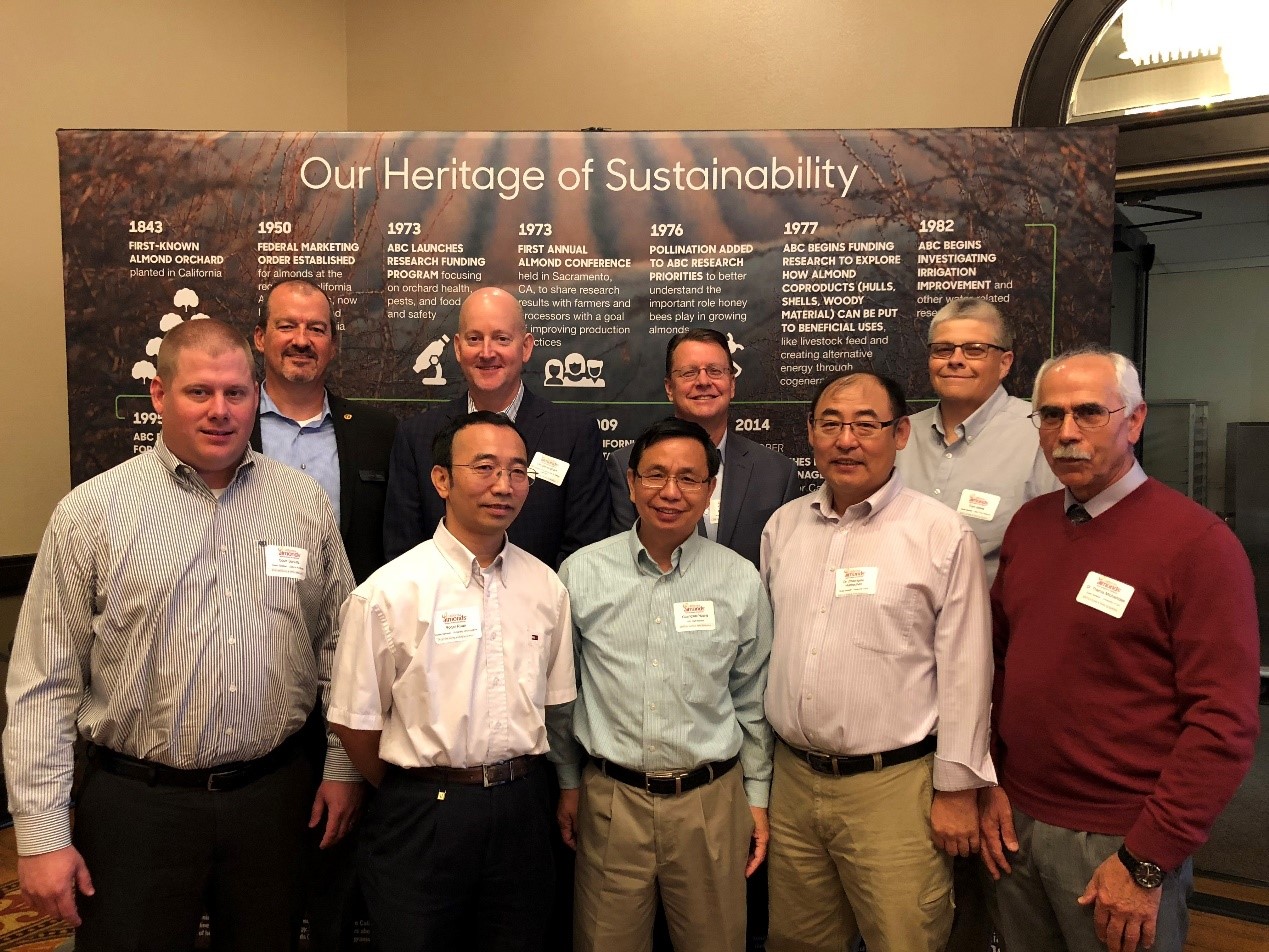On June 7, more than 160 almond industry professionals gathered in Modesto to cover the critical topics of almond quality and safety. Hosted by the Almond Board of California (ABC) and in its 20th year, this event highlights issues affecting almond growers, hullers/shellers and handlers. This year, those issues included aflatoxin control strategies, the FSMA Produce Safety Rule, almond coproduct innovations, crisis planning and more.
 “Commit to fixing the problem,” said Daren Williams, senior director of Global Communications for ABC, when discussing crisis planning for almond producers. “Look forward and backward and communicate early and often.”
“Commit to fixing the problem,” said Daren Williams, senior director of Global Communications for ABC, when discussing crisis planning for almond producers. “Look forward and backward and communicate early and often.”
Williams’ comments underpinned the overall tone of the annual Food Quality and Safety Symposium. In his presentation, he showcased how the almond industry can learn from the successes and failures of other industries that have been the subject of media firestorms, and he consistently tied in the importance of advanced preparation.
Dr. Themis Michailides, plant pathologist at the UC ANR Kearney Agricultural Center, presented on his team’s research on aflatoxin development and control strategies. These strategies were key to EPA registration of a biocontrol agent now for use on almonds, AF36 Prevail. Due to higher insect pressure this past year, aflatoxin issues have been more of a concern. AF36 provides one additional tool for growers to use to control aflatoxin development in the orchard. That said, Michailides explained it is still essential to keep up with navel orangeworm (NOW) management, as NOW infestation presents one of the greatest threats to aflatoxin development in almonds. He also informed symposium attendees that due to high demand for the AF36 Prevail product, supply side issues may occur during the product’s first year.

Tom Jones, Senior Director of Analytic Services for Safe Food Alliance, emphasized during his presentation that almond growers and hullers/shellers should prioritize creating a written Farm Food Safety plan, even if they are utilizing the Commercial Processing Exemption under FSMA. A food safety plan will help growers identify practices in their operations that will help minimize food safety risks.
The final two sessions highlighted technologies that use almond biomass — either by converting it into renewable energy products or creating value added products with food and nutraceutical applications. Matt Summers, Chief Operating Officer of West Biofuels, discussed the opportunities for growers and processors to work with partners and investors to secure on-site biomass conversion plants. By converting almond biomass into usable products such as diesel, biochar, and other bio-based materials, the industry can further reduce almond production’s carbon footprint, create green jobs and use biomass that would typically be cleared through open burns.
Dr. Roger Ruan, whose research at the University of Minnesota has focused on the biorefining of almond hulls, discussed the unexpectedly high levels of antioxidants and fiber that are produced after processing almond hulls. Ruan’s research is part of ABC’s commitment to find innovative uses for almond coproducts and create a bioeconomy in which coproducts become an input for a new product.
Twenty years of AFQS symposia have kept the almond industry at the forefront of food safety and quality with crucial perspectives on emerging science and in-the-orchard applications. The Almond Board is committed to keeping the entire almond supply chain in-the-know as new topics, control measures and quality assurance opportunities arise.
To learn more about ensuring safe almond products, visit Almonds.com/Growers/FSMA or Almonds.com/Processors/FSMA.


